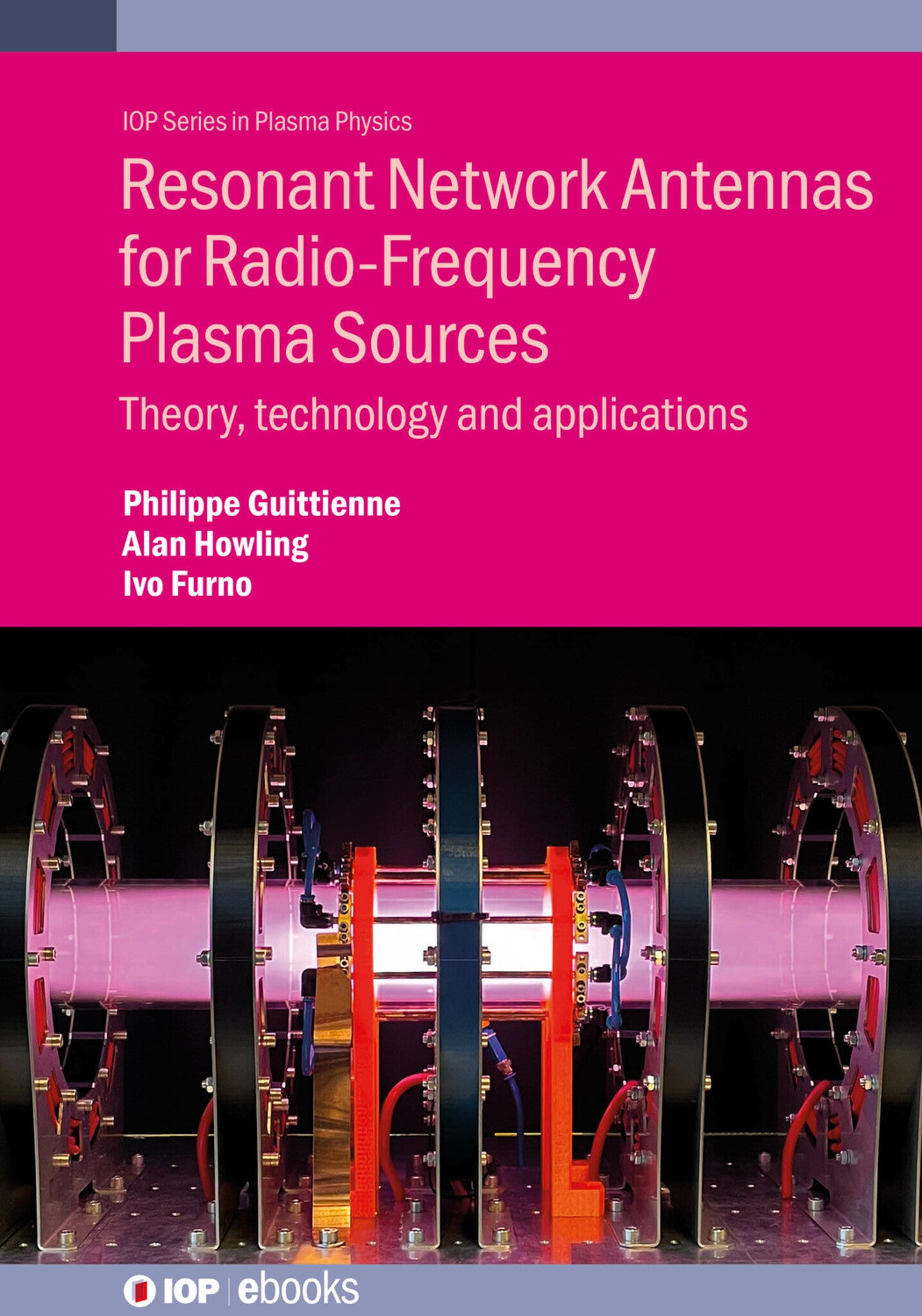We're sorry. An error has occurred
Please cancel or retry.
Resonant Network Antennas for Radio-Frequency Plasma Sources

Some error occured while loading the Quick View. Please close the Quick View and try reloading the page.
Couldn't load pickup availability
- Format:
-
28 February 2024

Resonant antennas are increasingly employed by the plasma industry, and the theory has now developed alongside the technological applications to the extent that it is timely to document the progress in this field to aid antenna design for future novel RF plasma sources. This reference text explains the complete theory of resonant antennas, from fundamental circuits to mutual partial inductance coupling with plasma. It describes industrial applications, and covers state-of-the-art research in helicon wave physics and sources with plasma diagnostics. The book is divided into four parts, covering resonant network antennas without plasma, antennas in magnetized and non-magnetized plasma, and finally, technology and future developments of resonant network antennas.
Key Features
- Explains the complete theory of resonant network antennas in self-consistent detail, from fundamental circuits to mutual partial inductance coupling with plasma
- Describes tried-and-tested industrial applications, with novel technological solutions and design tips
- Covers state-of-the-art research in helicon wave physics and sources with plasma diagnostics
- Includes futuristic configurations such as phase-locked antennas, 2D networks, toroidal sources
- Matlab programs are provided for the most useful and recurring antenna calculations

SCIENCE / Physics / Atomic & Molecular, Plasma physics, TECHNOLOGY & ENGINEERING / Electrical, Applied physics, Electrical engineering

Part of this work has been carried out within the framework of the EUROfusion Consortium, via the Euratom Research and Training Programme (Grant Agreement No 101052200 — EUROfusion) and funded by the Swiss State Secretariat for Education, Research and Innovation (SERI).
1 Introduction
Part I Resonant network antennas without plasma
2 Introduction to resonant circuits
3 Normal modes and dissipative networks
4 Partial inductance and the matrix model
Part II Resonant network antennas in non-magnetized plasma
5 Introduction to inductively coupled plasma
6 Inductive coupling using plane plasma sources
7 Electromagnetic coupling to plasma in large antennas
8 Cylindrical wave functions in birdcage antennas
9 Inductive plasma generated by a birdcage antenna
Part III Resonant network antennas in magnetized plasma
10 Whistler waves in an infinite uniform magnetized plasma
11 Helicon modes in a magnetized plasma column
12 Wave-sustained plasma
Part IV Technology, future developments, and appendices
13 Technology of resonant network antennas
14 Future developments and applications
Appendix A: Expansions near resonance for the dissipative antenna
Appendix B: Impedance matrix calculations
Appendix C: Electron–molecule energy transfer fraction
Appendix D: Maxwell’s equations, plasma permittivity, and skin depth
Appendix E: Theory of the complex image method
Appendix F: Solution of the MTL equations for the EMCP antenna source
Appendix G: Maxwell’s potential coefficient matrix and the partial image method
Appendix H: Impedance of a hybrid antenna with parasitic capacitance
Appendix I: Cylindrical wave function constants
Appendix J: Helicon mode derivations and methods
Appendix K: Link to programs



